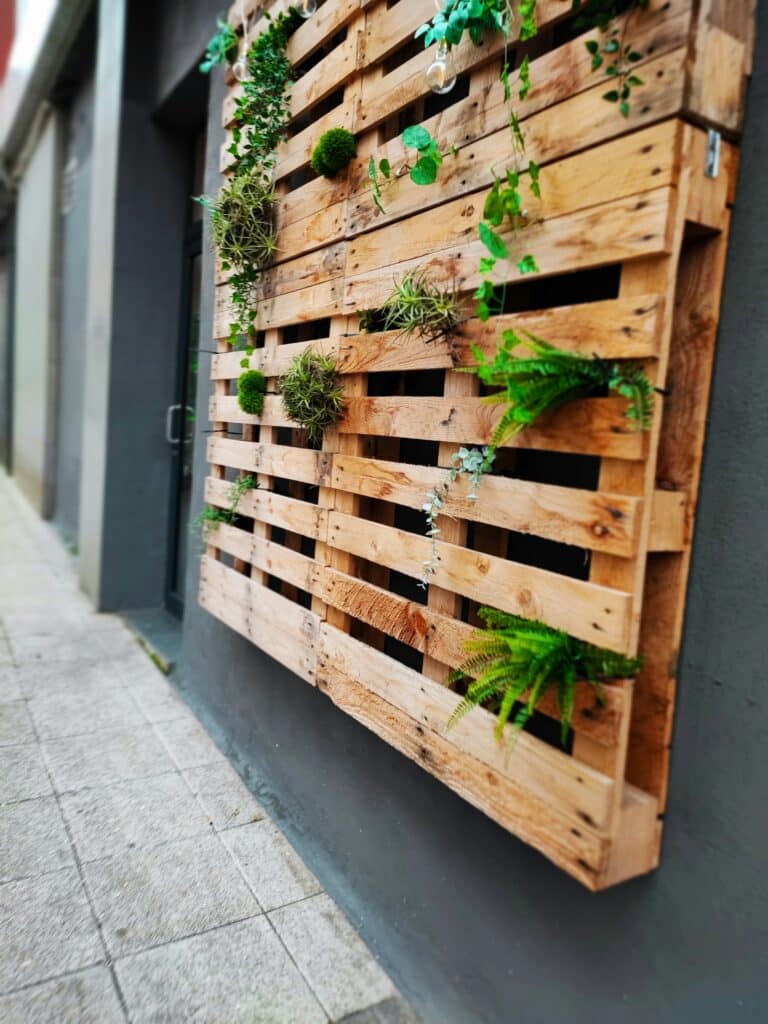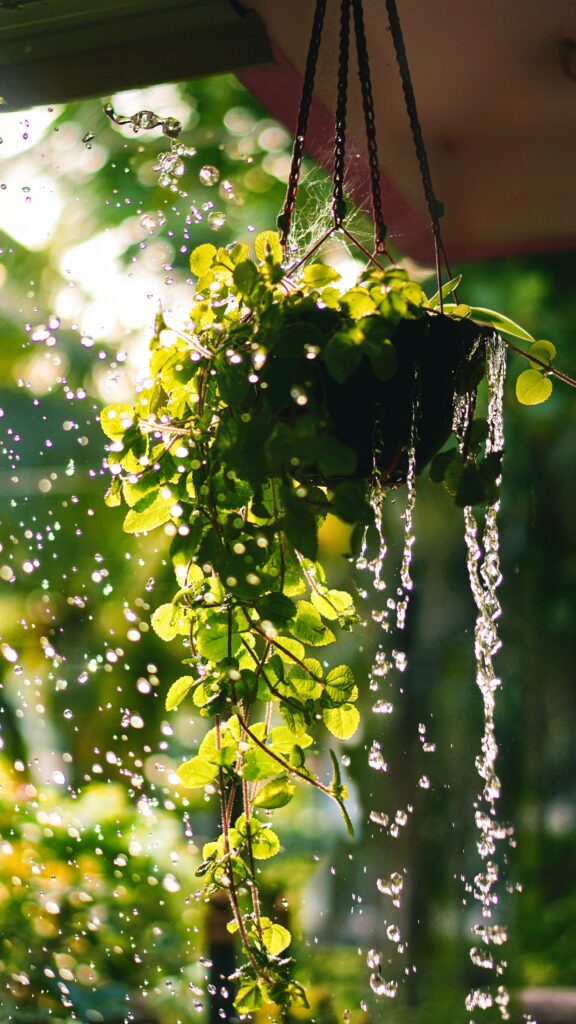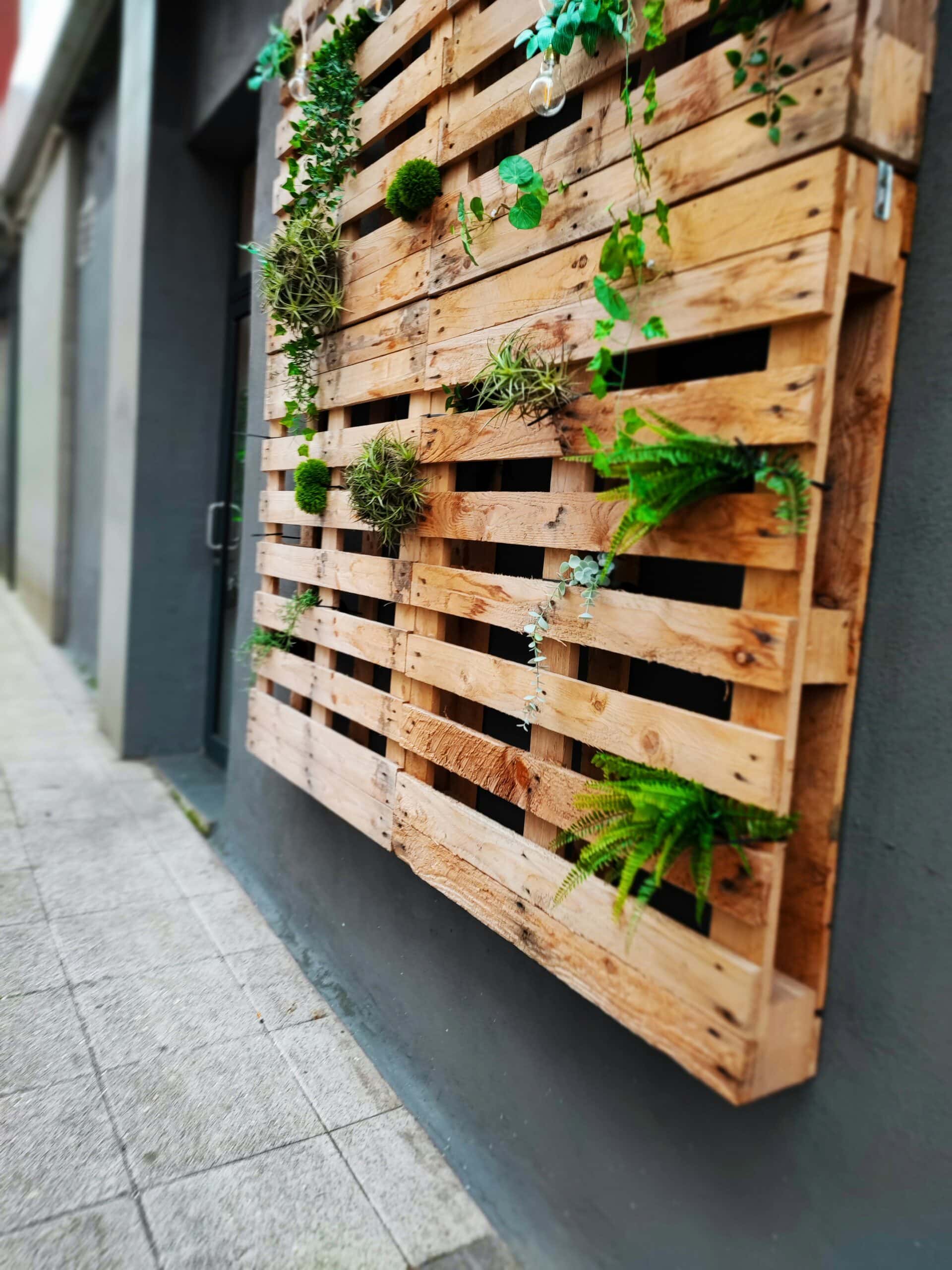Anúncios
For those living in apartments, this concept may seem challenging, but there’s a stylish, sophisticated, and space-saving solution – wall-mounted planters. In the upcoming paragraphs, we’ll explore how these trendy décor items can elevate the look and feel of your apartment while bringing in a touch of the outdoors.

Harnessing the beauty of nature and bringing it indoors can transform an apartment’s ambiance. Wall-mounted planters allow for a unique way to create a lush indoor garden without sacrificing floor space. They not only act as a focal point but also add a sense of depth and texture to a room. Plus, they’re an excellent way to showcase your creativity and personal style.
Anúncios
From modern minimalist designs to rustic charm, wall-mounted planters come in a variety of styles to complement any décor. Beyond aesthetics, they’re also beneficial for well-being, providing cleaner air and a calming environment. So, get ready to discover how you can incorporate these versatile planters into your home décor strategy, enhancing your apartment with a fresh, vibrant look and feel. Let’s dive in and bring the outdoors in with style and sophistication!
Choosing the Right Wall-Mounted Planters for Your Apartment
In the world of modern interior design, wall-mounted planters have carved out a unique niche as both decorative features and functional green elements. These vertical garden solutions do more than just save floor space—they breathe life into blank walls, introduce organic texture to sterile interiors, and elevate the ambiance of a room with minimal effort. But to truly harness their aesthetic and horticultural benefits, it’s crucial to select the right type of planter based on your décor style, lifestyle, and the specific needs of your plants.
Anúncios
Material Considerations
The material of the planter you choose plays a pivotal role in both the functionality and visual harmony of your space. Different materials offer unique benefits and design appeal, and aligning the right material with both your plant’s care needs and your home’s overall aesthetic is key.
- Ceramic and Terracotta: These classic materials are beloved for their natural, earthy appearance and artisanal charm. They are porous, which means they allow for better air and moisture exchange through the planter walls. This makes them ideal for plants that thrive in dry or well-drained conditions, such as succulents, cacti, and herbs like thyme and rosemary. However, because they can absorb moisture, they may require more frequent watering and are not always suitable for high-humidity environments. Terracotta planters also tend to be heavier, so ensure your mounting hardware can support the weight.
- Metal: Sleek, minimal, and often industrial in appearance, metal planters—such as those made from stainless steel, aluminum, or powder-coated iron—are perfect for contemporary, modern, or urban-inspired interiors. They are non-porous, which helps retain moisture longer, making them suitable for tropical or humidity-loving plants like ferns and pothos. However, be mindful of potential rust or heat retention if placed in direct sunlight. Look for coated or galvanized versions to prevent corrosion.
- Glass: Glass planters offer a sophisticated, clean-lined look that works well in minimalist or Scandinavian interiors. They are often used as terrariums or open hanging vessels for showcasing trailing plants or moss gardens. While beautiful, glass lacks drainage and breathability, so they are best reserved for decorative, low-maintenance setups or paired with inner pots that allow for better water control.
- Plastic and Resin: Lightweight and affordable, plastic or resin planters are highly versatile and available in a wide range of colors, shapes, and textures. They’re excellent for renters or individuals who like to change layouts frequently. These planters retain moisture well, making them suitable for a broad range of plants. Look for BPA-free, UV-resistant plastic for added durability and environmental safety.
- Wood: Wooden planters provide a warm, rustic aesthetic and pair wonderfully with boho, farmhouse, or natural-themed interiors. While visually pleasing, untreated wood can rot or mold over time, especially in humid conditions. For longevity, choose sealed or treated wood, or line the interior with plastic or waterproof fabric to protect the material while keeping the natural wood look.
Style and Functionality Balance
When choosing a wall-mounted planter, it’s not just about material—form meets function in vertical garden design. Consider planters with built-in reservoirs for self-watering convenience, modular systems that allow expansion, or planters with detachable inserts for easier plant care and cleaning.
Also, ensure the planter integrates seamlessly with your existing color palette, wall texture, and furnishing style. A matte black metal planter, for example, complements a monochrome or industrial-themed space, while a macramé-hung ceramic pot suits eclectic or bohemian interiors.
Size and Space
The size and available space in your apartment should also influence your choice. Smaller apartments might benefit from compact, single-pot planters, while larger spaces can accommodate elaborate, multi-pot installations. Remember, the goal is to enhance your decor, not clutter your apartment.
Installation Tips for Wall-Mounted Planters
Wall-mounted planters offer an elegant and practical way to incorporate greenery into your living space, especially in apartments where floor space is limited. However, to ensure they remain both functional and safe, proper installation is essential. A well-installed wall-mounted planter not only supports healthy plant growth but also protects your walls from water damage and ensures safety in your home. Whether you’re mounting a single pot or a full vertical garden, paying attention to the technical aspects of installation is critical.
Identifying the Right Spot
The first step in installing wall-mounted planters is choosing the ideal location—one that balances plant needs with convenience and aesthetics.
- Light Availability: Most indoor plants require indirect to bright, natural light to thrive. Position your planter near a window that receives sufficient daylight, ideally east or south-facing. Avoid placing light-loving plants in perpetually shaded corners, as inadequate lighting can lead to leggy growth, yellowing leaves, and poor plant health. Conversely, if your planters will house low-light plants (like ZZ plants or snake plants), shadier areas may be acceptable.
- Height and Accessibility: Install the planters at a height that allows for comfortable access. You should be able to water, prune, and inspect the plants without needing a step stool or causing strain. If you’re installing multiple planters vertically, leave enough space between rows to allow for plant growth and easy maintenance. A practical rule of thumb is to mount the planters between chest and eye level, ensuring visual appeal and ergonomic care.
- Structural Considerations: Choose a strong, load-bearing wall that can support the combined weight of the planter, soil, and mature plant. For drywall installations, use appropriate anchors such as toggle bolts or wall plugs to prevent sagging or detachment. When possible, locate wall studs using a stud finder, and use wood screws to ensure maximum stability. For brick or concrete walls, masonry anchors and drill bits are necessary.
- Safety and Protection: Avoid installing planters directly above electronics, outlets, or delicate furniture. Even with good drainage, accidental leaks or spills can happen, especially in humid conditions. Adding a drip tray, liner, or waterproof backing behind the planter can safeguard your walls and flooring.
- Aesthetic Integration: Lastly, consider how the planters fit into your interior design. Think of color coordination, symmetry, and how the greenery will frame or complement existing furniture or artwork. Wall-mounted planters can become living art pieces—adding not just life but style to your space.
By carefully selecting the location and following best practices for secure installation, you’ll create a wall-mounted planter setup that is not only safe and durable but also visually stunning and easy to maintain. With the right placement and structural support, your indoor garden can flourish beautifully—adding vibrance and wellness to your everyday environment.
Securing the Planter
When installing the planter, use appropriate wall anchors and screws that can bear the weight of the planter, soil, and plant combined. Regularly check the stability of the planter, especially after watering, to ensure it remains securely attached to the wall.
Maintenance of Wall-Mounted Planters
Wall-mounted planters are a stylish and space-saving way to bring greenery into apartments and small living spaces. However, keeping both your plants healthy and your home clean requires regular maintenance and mindful care. When properly maintained, these planters can thrive for years while adding life, color, and even air-purifying benefits to your environment. Neglecting them, on the other hand, can lead to plant stress, water damage, or even mold growth on your walls. With a consistent care routine, you can enjoy all the benefits of vertical gardening without the mess or maintenance headaches.
Regular Watering and Fertilizing
Consistent watering and fertilizing are fundamental to the health and vitality of your wall-mounted plants. However, due to the confined nature of planter containers and their proximity to walls and furniture, special attention must be paid to prevent overwatering and water spillage.
Fertilizing: Over time, nutrients in the soil deplete, especially in confined containers. Apply a balanced, slow-release fertilizer every 4–6 weeks during the growing season (spring and summer) to maintain plant health. Avoid over-fertilization, as salt buildup can occur in enclosed spaces, potentially harming the roots. If using liquid fertilizer, dilute it to half strength to avoid concentrated doses.
Watering: The amount and frequency of watering should be adjusted based on the specific plant species, container size, and ambient indoor conditions (light, humidity, temperature). Always check the soil before watering—use your finger or a moisture meter to determine whether the top inch is dry. Plants such as pothos, philodendrons, and snake plants require less frequent watering, while ferns and calatheas prefer more consistent moisture.
Drainage Considerations: Ensure that each planter has adequate drainage, and if it doesn’t, use absorbent materials like activated charcoal and a lightweight, well-draining potting mix to reduce water retention. To protect your walls and floors, consider installing drip trays, liners, or self-watering inserts inside the planters to catch excess moisture and prevent leakage.
Cleaning the Planter
Over time, dust and dirt can accumulate on the planter, reducing its visual appeal. Regular cleaning, therefore, not only maintains the planter’s aesthetics but also prevents the buildup of harmful substances that could affect plant health.

Popular Plant Choices for Wall-Mounted Planters
Choosing the right plants for your wall-mounted planters can greatly enhance their impact on your apartment decor.
Succulents and Cacti
Due to their low maintenance nature and small size, succulents and cacti are ideal for wall-mounted planters. Their varied shapes, sizes, and colors can add an interesting visual element to your decor.
Ferns and Ivy
If you prefer a more lush and leafy aesthetic, ferns and ivy are excellent options. They create a cascading effect that can add depth and texture to your decor. However, they do require more care and attention compared to succulents and cacti.
Air Plants
Air plants, or tillandsias, are unique in that they don’t require soil to grow. This makes them a clean and modern option for wall-mounted planters, and their unusual shapes can provide a striking focal point in your decor.
Conclusion
In summary, wall-mounted planters can be a stylish and practical addition to any apartment decor. They bring a touch of nature indoors, and with the right choice of planter and plant, can enhance the aesthetics of your living space. With proper installation and maintenance, you can enjoy the benefits of these trendy decor items for years to come.
In conclusion, incorporating trendy wall-mounted planters into your apartment decor is an exceptional way to elevate its aesthetics. It’s a stylish, innovative, and sophisticated method of infusing a touch of nature into your indoor space. Whether you are a nature lover or not, there is no denying that this decor trend brings in a unique blend of the outdoors, enhancing the ambiance and promoting overall well-being.
Aside from the visual appeal, wall-mounted planters also play a vital role in maximizing the space, especially in compact apartments. They are versatile, allowing for various placements – be it your living room, bedroom, or even the kitchen. With an array of styles, shapes, and sizes available, you can select one that complements your interior design, making your space not just look good, but feel good too.
Remember, decorating is not just about making your apartment look trendy; it is also about creating an environment that feels like home. By integrating wall-mounted planters, you’re not just following a trend, you’re crafting a space that is uniquely yours. Let’s bring the outdoors in, with style and sophistication, and make our living spaces more vibrant, lively, and beautiful. This trend is not just a fad; it’s a lifestyle. Embrace it, and watch as your apartment transforms into a haven of tranquility and beauty. 🌿🏠

